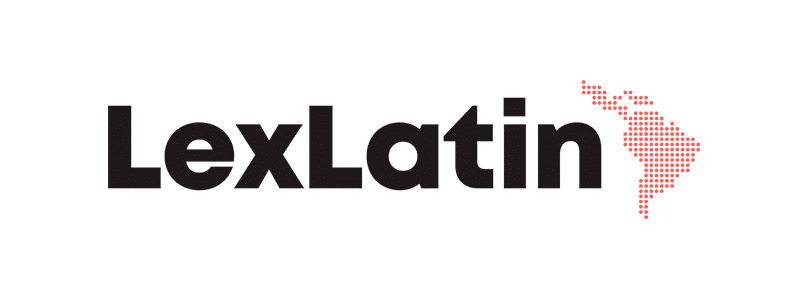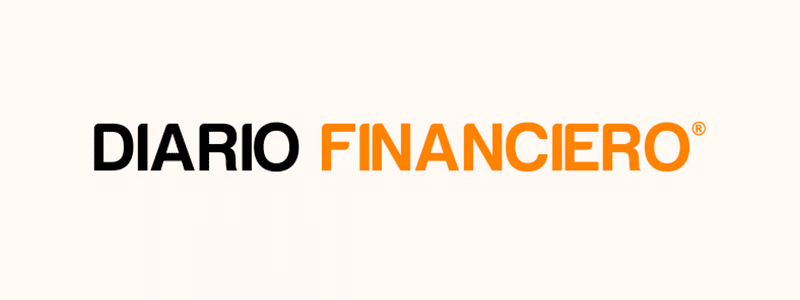Our Tax Group Director, Andrea Bobadilla, spoke exclusively with LexLatin to discuss the benefits of the Tax Incentive Law for Research and Development (R&D) for companies.
Since January 2008, Chile has had Law No. 20,241 (or the R&D Law) in force, which establishes a tax incentive for private investment in research and development (R&D) and consists of granting a tax benefit to companies that invest in R&D projects. Companies that meet the requirements can use an amount equivalent to 35% of the expenses incurred in these projects as a tax credit against first category tax, while the remaining 65% can be deducted from the company’s net income.
Initially, this exemption applied to R&D projects carried out through contracts with research centers accredited by the Corporation for the Promotion of Production (Corfo), in the modality known as “extramural.” Subsequently, through Law No. 20,570, it was expanded to also include projects carried out by the companies themselves with their internal capabilities (or “intramural”), provided that Corfo had previously certified them.
The main objective of Law No. 20,241 is to encourage private investment in R&D, promoting innovation and capital development in the country. As various experts have pointed out, it is “a fundamental tool for promoting innovation in Chile, allowing companies to deduct up to 52.55% of their R&D investments.” And its implementation has borne fruit: it had two periods of growth, in 2015, when the certification of companies with R&D projects (applications that manage to certify partial or complete amounts) grew by 110% compared to 2014; and 2020-2023, when certifications grew by 42.7% (in terms of applications) compared to 2019.
According to the figures, the first growth is related to the new version of the R&D Law (Law 20,570, which came into force in 2012), while the second increase is related to efforts to promote the instrument to companies with different profiles than those that had previously used this mechanism. In 2024, coverage increased by 3.8% compared to 2023. In addition, Chile went from investing 0.39% of GDP in R&D in 2022 to 0.41% in 2023.
Despite the benefits, Jocelyn Olivari, Corfo’s Innovation Manager, pointed out that the country is experiencing a paradox in which companies are investing timidly in R&D, causing the waste of tax benefits worth almost US$250 million and neglecting what could be called “the golden decade of Chilean innovation.” However, this paradox can be resolved by extending the R&D Law, which was due to expire on December 31 of this year but has been extended until December 2035, to give Chilean innovators the much-needed boost to “promote the investment that companies make in new knowledge.” Corfo’s call to the private sector is, therefore, to take advantage of the opportunity that only requires them to be doing R&D.
But one of the main obstacles to this tax incentive is that many companies are unaware of its application and benefits, which is why, as we have already pointed out, the second peak in growth in certifications occurred in the year when the Chilean government dedicated itself to publicizing the law and its benefits. On the eve of this extension, Andrea Bobadilla, director of the Tax Group at Albagli Zaliasnik, sat down with LexLatin and, in a fruitful conversation, explained what the extension means for Chile and how it will shape the nation’s fiscal and innovation landscape.
LexLatin: What is the purpose of extending the tax incentive until 2035? Which industries would it benefit the most?
Andrea Bobadilla: The extension until 2035 seeks to send a clear message: the R&D Law is here to stay and its rules will not change overnight. As simple as it may seem, this provides companies in the area with an important asset, especially when it comes to high-investment projects: stability and predictability, key factors in serious and sustainable tax policies. If a company knows in advance what expenses it will be able to deduct and what credits it will be able to use for another 10 years, it can plan long-term projects seriously and without fear of abrupt changes. This also directly affects the information provided to both current and potential investors, influencing business decisions or increases in investment in each project.
According to official figures from Corfo, most of the beneficiary companies today belong to the manufacturing, agribusiness, mining, fishing and aquaculture, and processed foods sectors. Another important aspect to highlight is that this new term also opens up the opportunity for sectors such as biotechnology and clean energy to become more strongly involved.
Do you think this tax incentive has been underutilized? What have been its greatest strengths/achievements and failures, and what has changed in this extension?
Chile has been investing in R&D for more than 25 years. With an investment percentage between 0.31% and 0.41% of GDP, reaching its historic high of 0.41% in 2023. Although this is progress, the truth is that we are still far from the OECD average of 2.7%. In my opinion, the underutilization of this tax benefit can be explained by the lack of publicity it has received to date and the complexity of its implementation, added to our culture, which is often resistant to changes in the way processes are carried out.
The R&D Law includes very positive aspects in addition to legal certainty. It has a serious technical process overseen by Corfo and a concrete benefit for companies with profits; however, the problem is that it remains little known and many see it as a complex procedure to carry out. On the other hand, most projects are concentrated in a few regions and sectors, which hinders its dissemination. However, with the extension to 2035, companies gain time and stability to plan, and with the changes that have simplified the process, which was clearly necessary, it should be easier and more user-friendly to access the benefit.
Chilean media outlets have commented that, despite its benefits, the R&D Law remains little known among companies, which has created a “missed opportunity” for the productive ecosystem. Do you agree with this statement? What fiscal and economic opportunities are being lost due to ignorance of this law, both for Chile and for its companies?
Yes, and on a large scale. Of the nearly 3,000 companies that do R&D, only a third are aware of the law and only 8.5% use it (Survey on R&D Expenditure and Personnel, 2022). This means that benefits worth around USD 250 million have been left unclaimed. This money is not lost forever, but it is resources that could have been used to fund more research, hire specialized personnel, purchase equipment, or improve processes. From a tax perspective, it is more investment than expenditure. If this gap is not corrected, Chile will lose competitiveness and the possibility of growing its economy through innovation.
Does this law intersect with any other tax or economic law that complements or affects it in any way?
Yes. The R&D Law is complemented by Law 21,755, which streamlines permits and procedures for technology projects and offers benefits such as accelerated depreciation. It also integrates with Corfo and ANID programs that finance the early stages. Thus, when a project begins to generate profits, the R&D Law allows expenses to be deducted and investment in innovation to be extended. In other words, it does not function in isolation, but as part of an ecosystem that seeks to support the entire cycle of a project.
Which industries have benefited most from this law? Would these continue to be the most benefited through the extension?
In 2024, fishing and aquaculture accounted for 33% of the certified amount (more than 22.6 billion Chilean pesos), followed by mining and extractive metallurgy (19%), agriculture (15%), and chemicals (18%). Food manufacturing also remains important. These sectors have used the law to innovate and modernize, improving processes and productivity. With the extension until 2035, they are likely to remain key players, but the longer term and tax stability may also encourage sectors such as technology, biotechnology, and renewable energy to join, especially if outreach and support for new users are strengthened.
Are there plans to attract more companies to this tax incentive? Since startups and science and technology-based companies do not usually generate profits in their early stages, and therefore access direct financing mechanisms instead of the R&D Law, how can they be persuaded to use the law?
For startups, the tax credit is not attractive at the beginning because they do not generate profits in their early years. The strategy should be twofold: first, take advantage of subsidies and non-reimbursable financing in the early stages; second, document expenses well from the beginning so that when the company has profits, it can certify and apply for the benefit. Recent adjustments to the process show that inclusion is possible: the participation of MSMEs in the certified amount went from 1% to 10% in just three years.
Finally, there are countries that have diversified their economies through R&D spending. What is Chile’s long-term plan in extending the incentive?
The goal is for private investment in R&D to grow steadily, from 0.41% of GDP today to at least 1% in the next ten years. This would help Chile become less dependent on traditional sectors and have a more diversified and internationally competitive economy. More companies innovating means more development of high-value products, processes, and services, and with that, more jobs and better quality opportunities.



